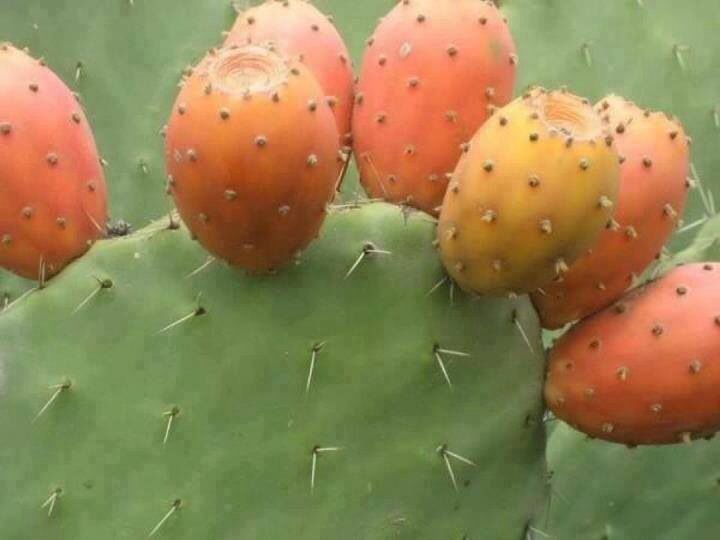Decades of isolation and authoritarian rule have strangled Eritrea’s economic progress, and now the government is encouraging large-scale cultivation of cactus to help alleviate the human suffering and, in the future, increase export revenues.
Cactus is believed to have originated from Central America. Spanish conquerors acknowledged the presence of prickly pears (beles) as soon as they arrived in the Americas at the end of the 15th century and the plant was spread over many parts of the world especially after the 17th century.
Today, cactus grows widely in countries such as Mexico, Italy, Chile, Bolivia, USA, Brazil, South Africa, Tunisia and Eritrea, and is said to cover an estimated 14,485,170 ha of land globally. Mexico leads in the world in the production of cactus which grows on 2,062,000 ha of land.
In Eritrea, cactus plants are said to have been introduced in 1839 by a French catholic missionary who planted the cactus in Digsa, Akrur and Hebo, Southern region. The second generation cactus plants were introduced by the Italians, who planted them at Arberebu while they were building the Asmara rail lines.
Cactus has now become a naturalized plant in Eritrea and the government believes that focusing on it could provide a much-needed source of food for a country that suffers bouts of famine and drought.
The Ministry of Agriculture in a statement touting the initiative said, “Cactus grows over a total area of 18,250 ha and yields around 457,500 tons of prickly pears annually. It mainly grows in the sub-zones of Segeneyti, Senafe and Adi Keih (Soutern region), sub-zones of Galanefihi and Seidichii (Central region), sub-zones of Gheleb and Elabered (Anseba region), and sub-zones of Ghindae and Nakfa (Northern Red Sea region).”
“Generally, six types of prickly pears and two types of cladodes grow in Eritrea. They are thorny orange, thorny white, spineless orange, thorny red, spineless white and spineless deep red prickly pears and spineless and spiny cladodes.”
The benefits of turning to cactus are many, despite the over hype created by President Isaias Aferwarki’s authoritarian regime. Cactus and prickly pears are rich in antioxidants, vitamins and minerals, and are very good sources of calcium, potassium, fiber, protein and carbohydrates. They can be used in the treatment and prevention of diabetes, high cholesterol, obesity, blood pressure and hangovers, and are touted for their antiviral and anti-inflammatory properties.
Experts also say they prevent gastric ulcers and inflammations, lower blood sugar levels, boost the immune system and protect people from heart disease. Cactus fruits reduce the frequent occurrence of migraines and can be used as hair conditioner.
Eritrea’s international isolation, and its presence in a drought stricken, arid, Horn of Africa region rules out the mass cultivation of most crops. Cactus though can survive in the driest of places and could be the key to unlocking food security.
Most importantly, for a country depraved of foreign currency, mass producing and commercializing this valuable and readily available resource could be a masterstroke. According to the Ministry of Agriculture, although around 18,000 hectares of land is covered with wild cactus plants that yield prickly pears, less than 25% of it is currently being exploited.
Eritrea will face challenges in fully exploiting cactus growing and further developing its capacities to produce and market prickly pears. Value addition will be difficult to carry out due the low uptake of technology and mechanization in the agricultural sector.
A recent thawing of ties with its neighbor, Ethiopia, that saw Prime Minister Abiy Ahmed visit Asmara was just a ray of light in a dark tunnel, and the removal of UN sanctions in 2018 did not usher in a rush of investors to a country that has marvels of Italian architecture and a strategic location on the Red Sea that could be the eye for regional and global powers. Recently, Eritrea has been accused of perpetrating the ethnic genocide of the Tigrays in northern Ethiopia, with the blessing of Addis Ababa.
Perhaps, cactus growing could provide one solace, stopping the flows of migration among Eritrean youth.

